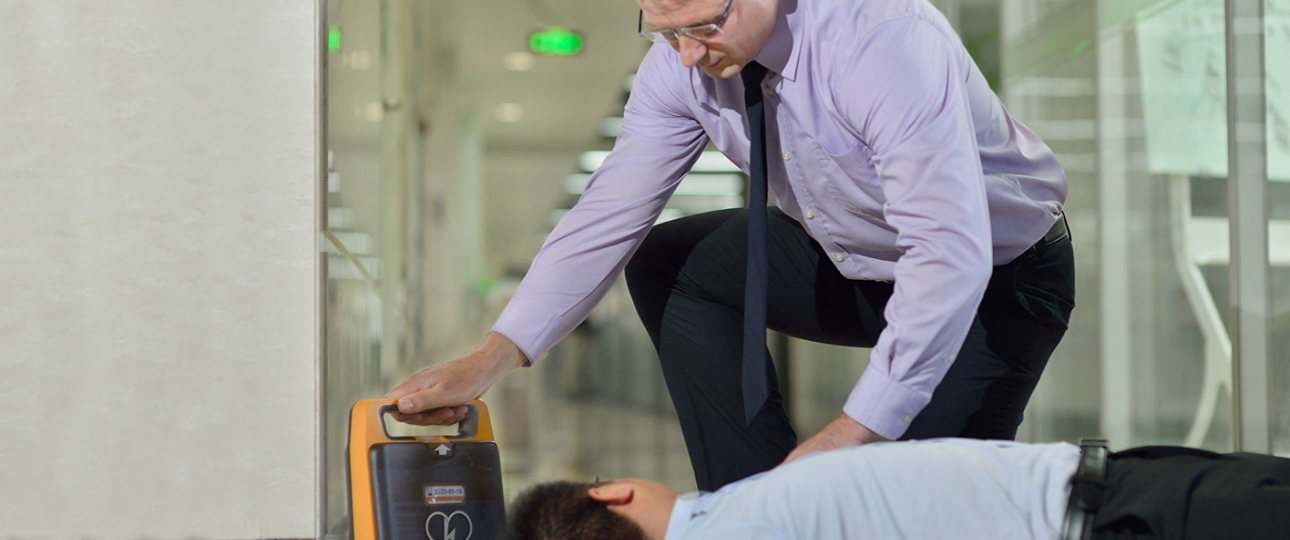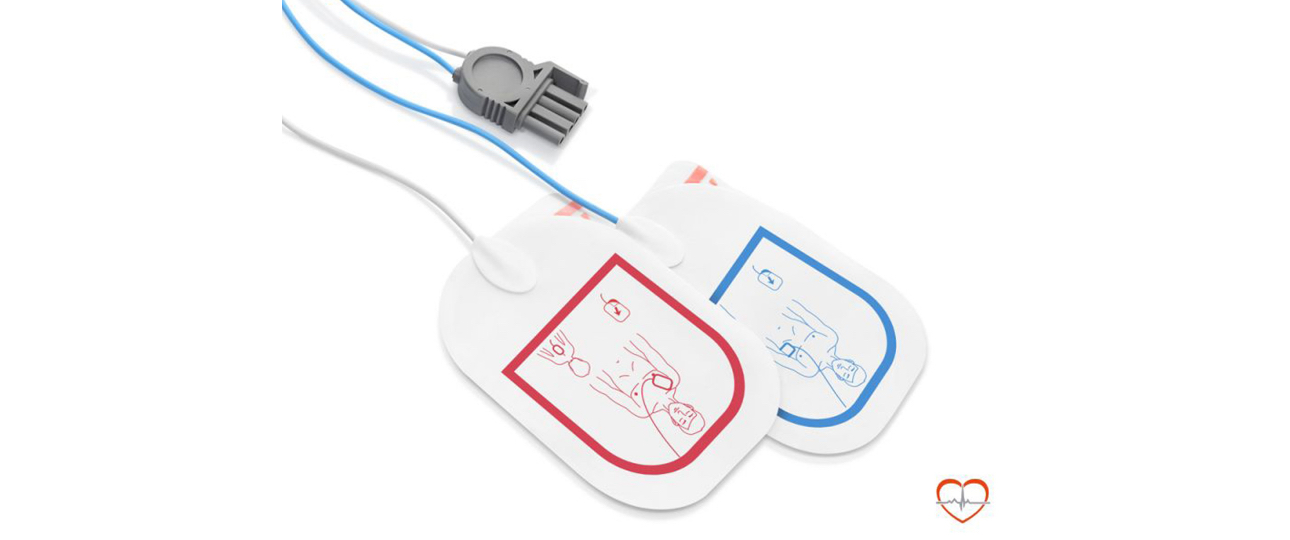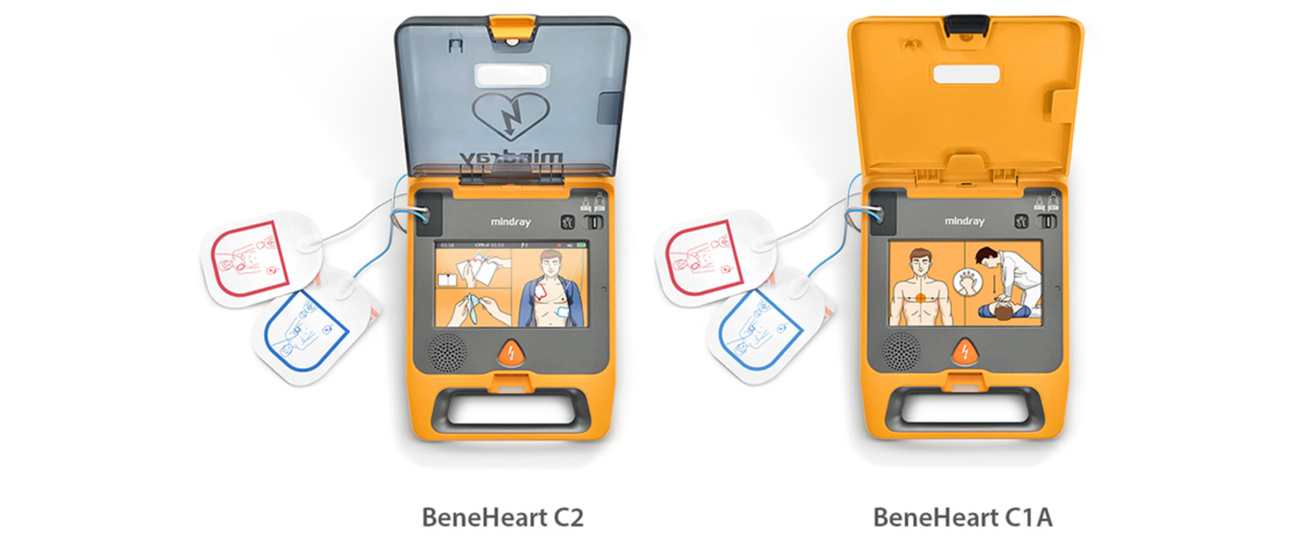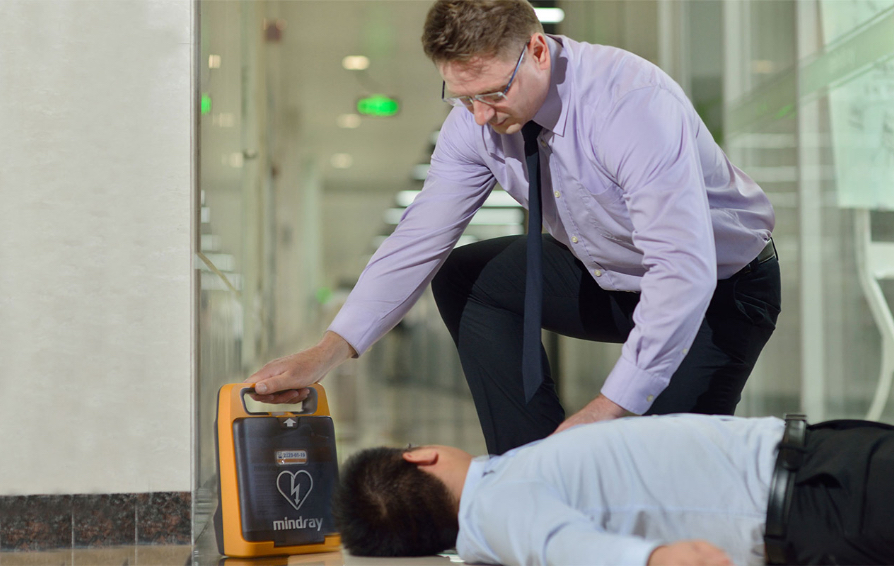Automated External Defibrillators, or AEDs, play a huge role in decreasing Sudden Cardiac Arrest fatality rates. With AED equipment, first responders can use the machine to stabilize and resuscitate individuals immediately, lowering the risk of permanent brain injury and even death.

With how important AED devices are, it's only logical that the device is kept in the best condition possible. Regular maintenance and the routine installation of AED replacement pads and batteries are a must. But what exactly are AED pads, and why do they need to be replaced frequently?
What Are AED Pads?
AED pads are a vital component of the resuscitation process. If you're familiar with medical equipment, or if you've watched at least one medical drama or film, you're probably familiar with the machine that hospitals use to resuscitate patients who suffer from cardiac arrest. Are you familiar with the paddles that medical professionals press against the patient's chest to deliver an electric shock to the heart? AEDs are portable defibrillators, and pads play the same role as heart paddles do.
Pads come in two sizes: The adult AED pads are the most common and are used in the majority of resuscitations. The Pediatric AED pads are used for infants and children with 8 years old and below. Pediatric pads are also used in cases where only a mild shock or pulse is required.

Why Do AED Pads Expire?
Why do we need AED replacement pads in the first place? Replacing batteries is something that’s done normally, so people don’t question that; however, pads are a different matter. Do these pads contain perishable materials that go bad as time passes?
The simple answer to that is yes. AED pads are made up of plastic, metal, and conductive adhesive gel. The gel is the reason why replacement pads have to be bought regularly. Gels don’t last forever- as time goes by, gels dry up and become brittle and crack. If without regular replacement, AED shock will be dramatically affected while conducting rescue.
How Often Do AED Pads Need To Be Replaced
There is no single best answer to this question. AED pad lifespan usually depends on the manufacturer and the quality of the pads. Usually, you may need to purchase AED replacement pads after 2 years as the adhesive gel starts to dry, although some pads have been known to survive for almost 5 years.
However, this also depends on how you store your AED equipment and how often you use it. To be on the safe side, regularly check your AED device to see if your pads need replacing. You can also opt for remote AED services, where the manufacturer will conduct routine diagnostics on your device remotely to check if the pads are still working as it should. They will also notify you when the pad’s expiration date is drawing near.
What Happens If You Don’t Replace Your AED Pads?
The biggest mistake one can make to neglect purchasing replacement AED pads simply because they don't use AEDs frequently. AED pads can still expire even on devices that have never been used.
If you attempt to use an AED with expired pads, the device will not work properly, and any one of the following scenarios can occur:
Incorrect heart readings
Most AEDs functional automatically and don’t require the user to manually set the strength and duration of the shock. This is because AEDs are meant to be used by laypersons with little to no medical background. Once the pads are attached to the chest, the machine analyzes the patient’s heart rhythm to determine the best electric shock strength. If the pads don’t adhere well to the patient’s chest because it is expired, the machine might deliver electric pulses that are either too weak or too strong.
Diminishing Shock Efficiency
The reason why AED pads have adhesive gels is so the gel will stick to the patient’s skin and act as a conductor of electricity. If your AED pads are expired, there might be insufficient adherence to the skin, leading to the electric pulses not penetrating the skin properly. The machine will end up being less effective, and the patient will not receive a sufficient amount of electric pulses to stabilize their heart rhythm.
Potential For Injury
While one side of the adhesive pad is supposed to stick to the skin, the back part of the gel is where the electrodes are attached. If the gel’s material starts to break down, the electrodes might get disconnected from the gel. The electrodes are responsible for delivering electric pulses to the patient’s body, while the gel also acts as a buffer to protect the body from injury. If the gel disintegrates and the electrodes come into direct contact with the body, it might cause burns to the patient’s body.
Also, since the gel helps the pad stick to the skin, you’ll end up with a flimsy pad if it is past its expiration date. Because it’s not adhering to the skin, the pad might slip off while resuscitation is being attempted. The pad might end up delivering an electric shock to the wrong part of the body, and in worst-case scenarios, may even injure the person resuscitating the patient.
As a side note, if you are using an AED device on a collapsed patient and the pads won’t stick to their chest properly, consider using AED replacement pads if the gel material on the pad is starting to break off. Don’t attempt to hold down the pads with your hands to help them adhere better while delivering electric pulses.

How To Replace AED Replacement Pads
Here is a step-by-step guide on how to replace your expired AED pads:
- Purchase AED replacement pads. When purchasing replacement pads for your device, make sure to purchase them from the same manufacturer. Also, always purchase both adult and pediatric AED replacement pads every time.
- Remove the device from its AED wall bracket and lay it down on a table or any stable surface.
- Open the lid of your AED device
- Remove the old pads from their container, pocket, or cartridge (pad storage location is different depending on the manufacturer and model). With some models, the pads come pre-attached to the machine. In cases such as these, disconnect the old pads first.
- Place the AED replacement pads in their respective cartridge, pocket, or container and connect the wire to the machine if necessary.
- Most AEDs would give you an indication if the pads were successfully connected to the machine. For example, some models will emit a beeping green light if the pads were installed successfully and the machine is ready to be used again.
- Unused or expired pads can be disposed of normally; however, it is recommended that you cut the electrode wires to prevent them from being recycled and reused.
To ensure that your AED devices will function properly when the need arises, always check the pad’s expiration date when you buy AEDs from the manufacturers. While replacing something that doesn’t get used often may seem like a waste of money, routine installation of AED replacement pads will ensure that your device will continue to save lives flawlessly.
AED replacement pad is related to whether the AED equipment can play the maximum role, so buying the reliable AED and AED accessories will always kick you out of unnecessary risks. Mindray is a leading AED manufacturing company and the provider of health solutions worldwide. As an advocate of safe and effective AED use, AED pad expiration dates are clearly labeled on all Mindray AED devices. Mindray also offers routine replacement alerts for pads and batteries.
